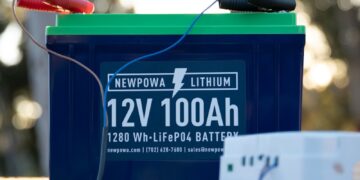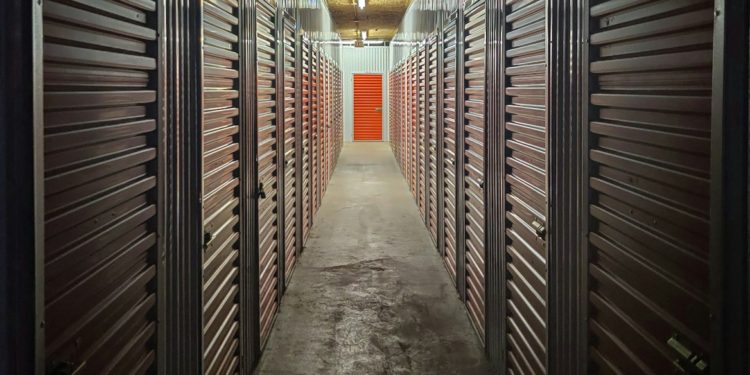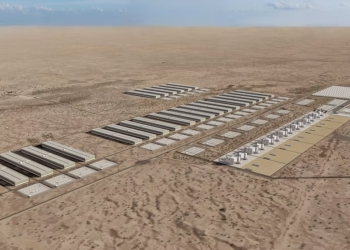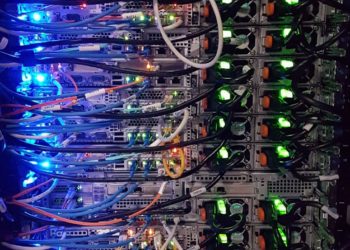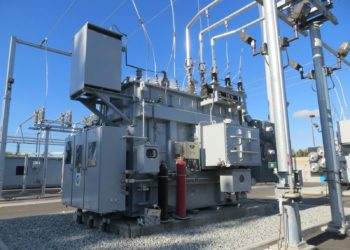In the high-stakes world of cold storage, where the slightest disruption can cost millions in spoiled goods and lost contracts, energy isn’t just a line item — it’s a lifeline. With the pressure mounting to cut emissions, reduce operating costs, and improve resiliency, cold storage operators across the U.S. are increasingly turning to solar power and battery energy storage systems (BESS) as essential tools for modernization.
From sprawling rooftops in California’s Central Valley to critical logistics hubs in Texas and Illinois, the future of frozen food isn’t just cold — it’s clean, smart, and resilient.
⚡ Cold Storage’s Energy Challenge
Cold storage warehouses consume three to five times more electricity per square foot than ambient storage facilities. Continuous refrigeration, blast freezing, lighting, and material handling systems generate round-the-clock electricity demand. Because these loads are mostly inflexible, they often create steep energy bills dominated by peak demand charges and time-of-use penalties — particularly in states like California, where utility rates are high and grid reliability is a growing concern.
This makes cold storage a prime candidate for solar and battery integration.
☀️ The Solar Opportunity: Rooftops With Revenue Potential
Large cold storage facilities typically feature expansive, flat rooftops — ideal for solar photovoltaic (PV) arrays. A 200,000 sq. ft. facility can host a 1–2 MW rooftop solar system, offsetting 30–60% of daytime energy needs.
But solar alone isn’t enough.
Cold storage facilities operate 24/7, and solar panels don’t produce after dark. That’s where battery storage comes in — not just as a backup, but as a dynamic, intelligent asset.
🔋 How Battery Systems Supercharge Cold Storage
1. Peak Demand Shaving
Battery systems reduce expensive demand charges by discharging power during load spikes, especially when compressors and refrigeration units cycle on. This alone can reduce a facility’s electricity bill by 20–40%.
2. Time-of-Use Optimization
In markets like California, where power is most expensive during late afternoons and evenings, batteries can store solar power midday and discharge during peak pricing hours, drastically cutting energy costs.
3. Backup Power & Resilience
Power outages are devastating to cold storage. Batteries, especially when paired with generators, can provide instant backup, keeping critical refrigeration systems running until full power is restored.
4. Participation in Grid Services
Advanced battery systems can support the local grid by participating in demand response, frequency regulation, and other utility programs, creating new revenue streams for facility owners.
5. Integration with Smart Controls
Modern energy management systems (EMS) optimize when refrigeration units operate, when batteries charge/discharge, and how to prioritize grid vs. solar vs. stored power — making the entire system intelligent and adaptive.
🏆 Companies Leading the Charge in Solar-Powered Cold Storage
Several cold storage companies are already pushing the boundaries with solar and storage. Here are four standout players:
1. Lineage Logistics
Headquarters: Novi, MI
Why it matters: As one of the largest temperature-controlled logistics firms in the world, Lineage has been a trailblazer in integrating sustainability into operations. In California, Lineage installed a 1 MW solar system at its Oxnard facility and continues to invest in energy efficiency, automation, and renewable energy globally.
2. Dreisbach Enterprises
Headquarters: Oakland, CA
Why it matters: A mid-sized operator proving that innovation isn’t just for giants. Dreisbach deployed rooftop solar and energy efficiency upgrades at its Oakland facility and participates in demand response programs, setting a model for regional cold storage firms.
3. RLS Logistics
Headquarters: Newfield, NJ
Why it matters: With a strong commitment to ESG, RLS has installed solar at several locations and integrated modern insulation and lighting to drive energy savings. Their New Jersey facility demonstrates how distributed operators can achieve sustainability without sacrificing operational control.
4. Preferred Freezer Services (now part of Lineage)
Notable Project:
Before being acquired, PFS implemented a 1.1 MW rooftop solar system in San Leandro, CA. The project reduced energy costs and increased system reliability, setting a precedent that helped shape Lineage’s future investments.
🫒 Cold Storage Facilities Primed for Solar and Battery in CA, TX, and IL
Many operators across the U.S. are just beginning to explore the benefits of renewable energy. Ideal candidates for solar + storage solutions include:
- Firms with >100,000 sq. ft. rooftops in high-sun states like California, Texas, and Arizona.
- Facilities in demand-charge-heavy utility territories (PG&E, SCE, ERCOT, ComEd).
- Operators looking to improve ESG metrics and meet carbon reduction targets.
- Businesses facing utility outages or reliability concerns.
States like Illinois, with growing incentives for distributed energy under CEJA (Climate and Equitable Jobs Act), also present compelling economic cases for installation.
👷️ Who Can Help: Solar & Energy Storage Experts
A number of large-scale energy developers are supporting cold storage companies in this energy transformation. While the sector has many players, a few stand out:
1. Pacifico Energy
Pacifico Energy is an experienced developer of utility-scale and behind-the-meter energy projects. Their model supports cold storage companies with custom-tailored Energy-as-a-Service (EaaS) solutions, meaning they own, finance, and operate the entire solar + storage system — minimizing risk for the facility and eliminating the need for upfront capital. With a deep understanding of agricultural logistics, food processing, and industrial operations, Pacifico is uniquely positioned to help cold storage operators maximize energy savings, ensure uptime, and monetize unused rooftops or adjacent land.
Learn how to partner with Pacifico Energy.
2. NextEra Energy Resources
One of the largest renewable energy developers in North America, NextEra offers tailored microgrid and utility-scale services. While focused more on massive grid-scale assets, they’ve recently expanded into distributed solutions for commercial and industrial customers.
3. Ameresco
With a strong track record in retrofitting municipal and federal facilities, Ameresco offers solar, battery, and controls integration for cold storage. Their experience in ESCO-style performance contracts makes them a trusted option for institutions and large private operators.
🧠 Final Thought
Cold storage is evolving — and so is the energy that powers it. With the right solar and storage partners, operators can achieve not just lower utility bills, but greater operational resilience, environmental compliance, and long-term competitiveness.
Companies like Pacifico Energy, NextEra, and Ameresco are paving the way. But it starts with awareness, and continues with bold, forward-thinking decisions at the facility level.
Looking to turn your rooftop into a revenue-generating energy hub?
Explore partnership opportunities with Pacifico Energy and join the next generation of sustainable cold storage leaders.






